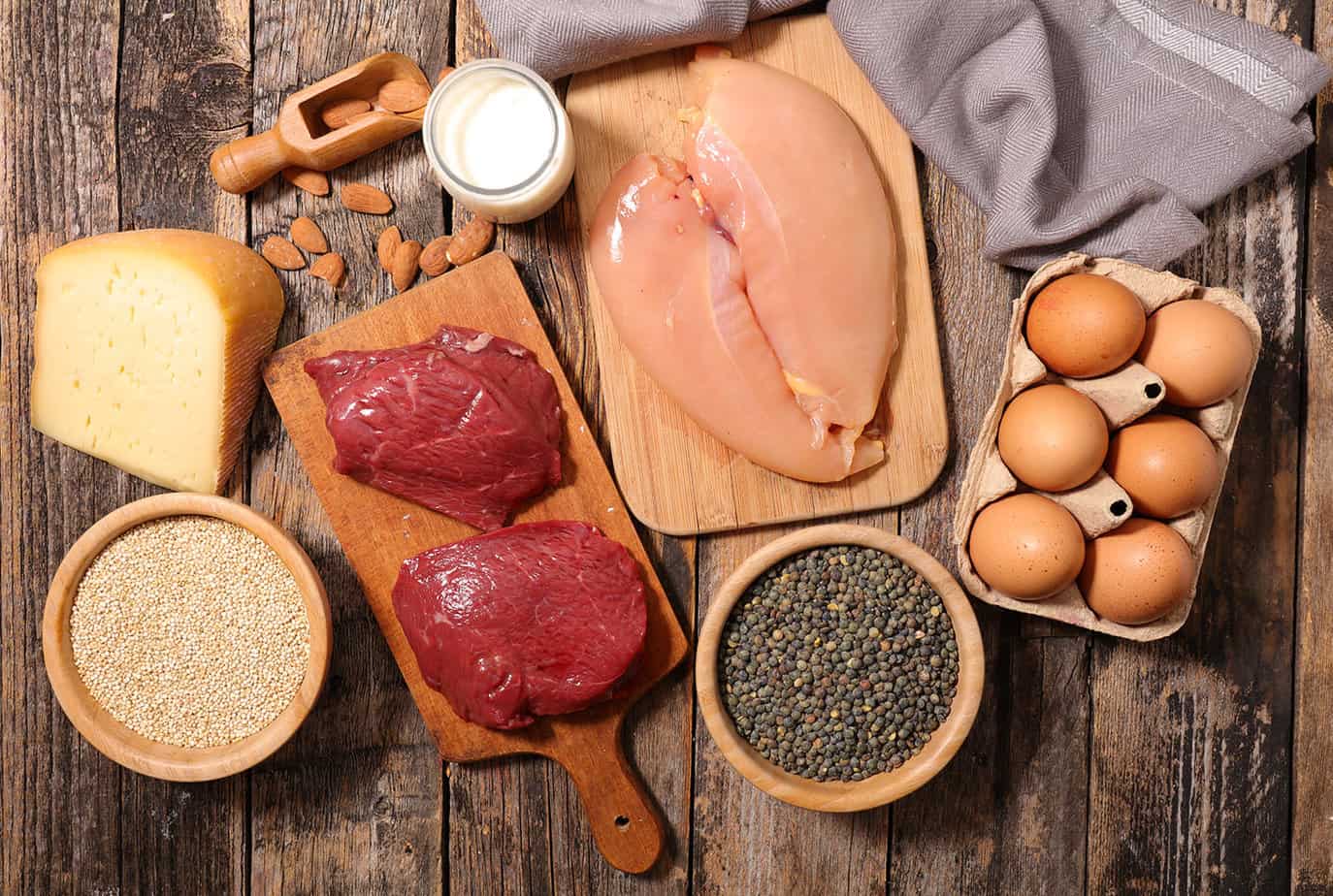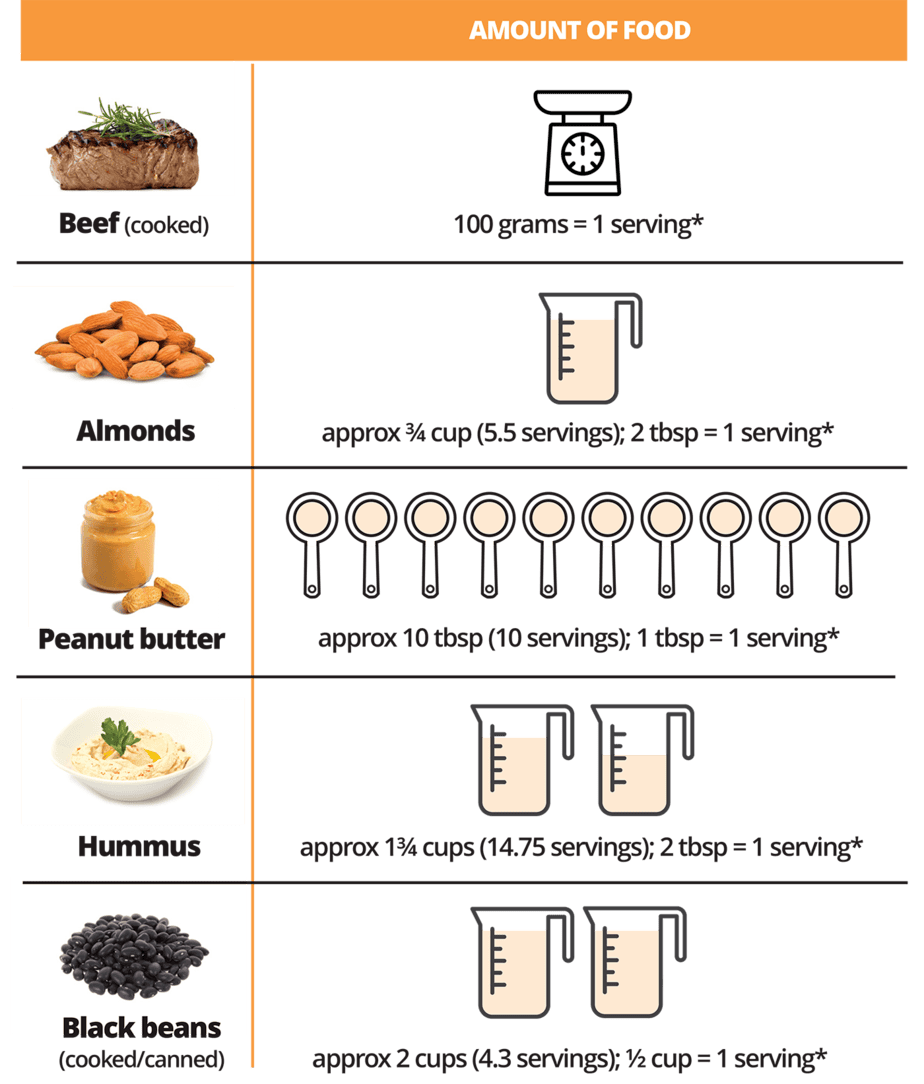WRITTEN BY: KARINE BARLOW, RD
When it comes to food and health there continues to be great interest in the power of protein. According to market researcher NPD Group, more than half of Americans say they want more protein in their diets.1 Protein has become so important to us, according to this same research, it’s protein content we look at these days to judge the nutritional value of a food or beverage.

Despite this increased awareness about protein and its rising popularity, other research shows that protein is surprisingly misunderstood. A U.S. study by Nielsen in 2016 measured consumers’ understanding of the protein content of a selection of foods. Findings showed that consumers’ knowledge was incorrect on several measures. For example, about half of shoppers did not score meats as ‘high in protein’ – which they are – and erroneously, almost 10% perceived meats as ‘low in protein’. And the low protein food, peanut butter, was incorrectly scored as ‘medium’ or ‘high in protein’ by over ¾ of respondents.
The fact is “protein foods” are not all created equal – actually the protein content of foods varies dramatically. A large egg, for example – a food many people consider protein-rich, has about 6 g of protein. In contrast, a 75 g serving of trimmed beef – a portion smaller than the size of a deck of cards – contains 26 g of protein, more than 4 times the amount of one egg.
To illustrate the protein differences of foods, we put together an infographic that compares the protein content of some popular protein-based foods such as peanut butter, hummus and black beans versus beef. While all these are healthy foods in their own right, the plant-based proteins are simply not as protein-dense as meats such as beef. And take note of the calorie cost of reaching the 26 g of protein that is available with the meat option. If you tried to obtain 26g of protein from peanut butter you would need to eat 7 Tbsp (3.5 servings), setting you back almost 650 calories. At only 184 calories for the 26 g of protein from 1 serving of beef, it’s fair to say beef is an efficient way to get the protein you’re seeking!
We are increasingly learning about the benefits of including high quality protein in our diet. Protein is required for thousands of functions in the body. If we’re not consuming enough protein, our bodies start to break down our own muscle to free up protein for metabolic purposes.
In the end, very few foods can match the protein density of beef and other meats. A small amount goes a long way. And considering you rarely eat a serving of beef by itself, when paired up with vegetables and grains as sides, beef is the perfect option for achieving your protein requirements – without a lot of calories in comparison. For a powerful protein option, keep your options simple and stick with real foods – think beef.
Protein density comparison: quantity of food + calories for an equal amount of protein

Source: Health Canada, Canadian Nutrient File, 2015, Beef 6172, Almonds 2534, Peanut Butter 6289, Hummus 4870, Black Beans 3377. Nutrient amounts rounded as per 2016 CFIA labelling rounding rules *Table of Reference Amounts for Food:https://www.canada.ca/en/health-canada/services/technical-documents-labelling-requirements/ table-reference-amounts-food/nutrition-labelling.html
- http://www.foodnavigator-usa.com/Markets/More-than-half-of-US-adults-say-they-want-more-protein-in-their-diets-says-NPD-Group
- Nielsen xAOC Data Ending 10/29/2016; Nielsen ‘High on Protein’ report May 2016






